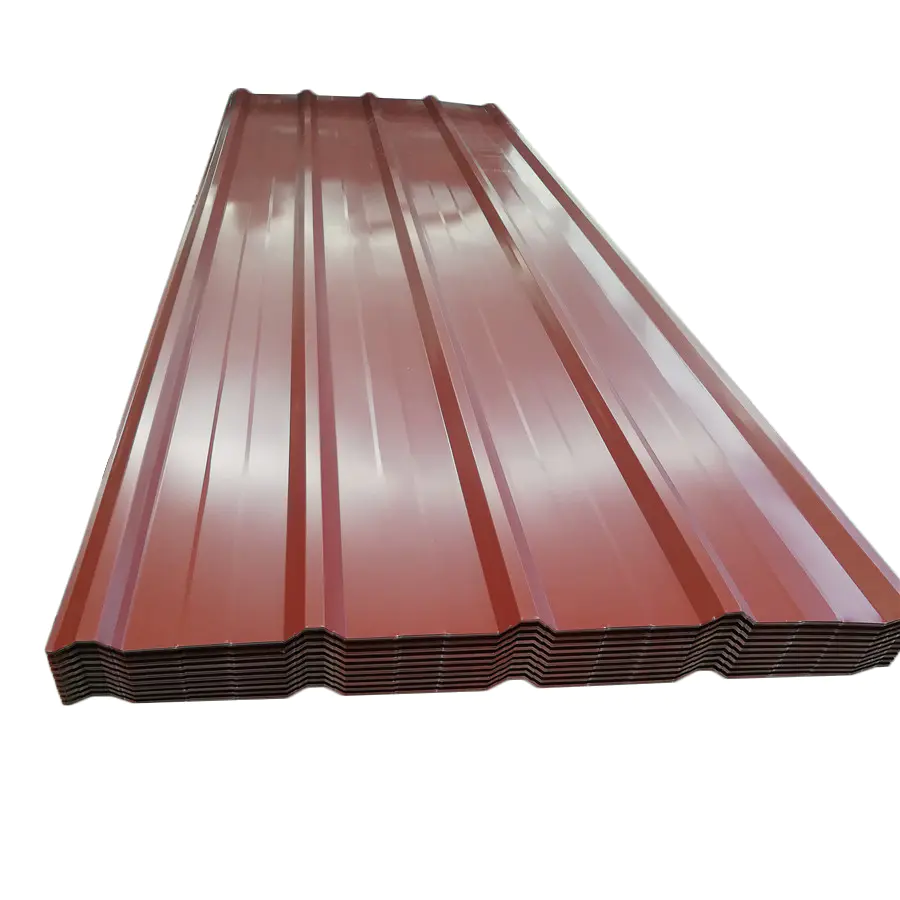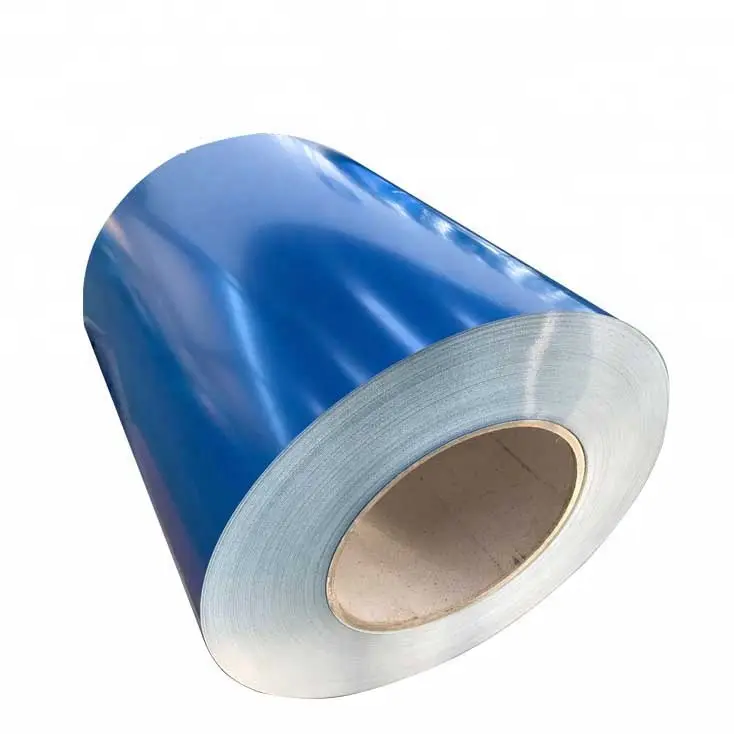In the field of modern construction, Steel Truss structure is widely used in various large-scale construction projects with its unique advantages. Among them, wind pressure resistance and earthquake resistance are key indicators to measure its quality and reliability.
Reasonable structural design
The design of Steel Truss structure is the basis for ensuring wind pressure resistance. Designers will accurately calculate the strength and stiffness required for the structure according to the wind load conditions in the area where the building is located. By optimizing the shape, size and connection method of the truss, the structure can effectively resist the action of wind. For example, the use of stable geometric shapes such as triangles or trapezoids can increase the stability of the structure and reduce the impact of wind loads on the structure.
High-strength steel
Steel has high strength and good toughness, which is an important guarantee for the wind pressure resistance of Steel Truss structure. High-quality steel can withstand large wind forces without deformation or damage. When selecting steel, its yield strength, tensile strength and other performance indicators will be considered to ensure that the steel can meet the requirements of the structure under different wind load conditions.
Reliable connection nodes
The connection nodes are the key parts of the Steel Truss structure, and their reliability directly affects the wind pressure resistance of the structure. Advanced welding, bolt connection and other technologies are used to ensure that the node connections are firm and can effectively transmit the force generated by the wind. At the same time, careful design and strengthening of the connection nodes can improve the bearing capacity and fatigue resistance of the nodes and ensure the safety of the structure under long-term wind loads.
Wind tunnel test verification
In order to ensure the wind pressure resistance of the Steel Truss structure, wind tunnel tests are usually carried out during the design process. By simulating the actual wind environment in the wind tunnel and testing and analyzing the structural model, the stress conditions of the structure under different wind speeds and wind directions can be accurately understood, providing a basis for the optimal design of the structure. The wind tunnel test verifies the wind pressure resistance of the structure and provides a strong guarantee for the safe use of the building.
Good ductility and energy dissipation capacity
The Steel Truss structure has good ductility and energy dissipation capacity, which is an important guarantee for its seismic performance. Under the action of an earthquake, the structure can absorb seismic energy through its own deformation and energy dissipation, reducing the damage to the structure caused by the earthquake. Steel has good ductility and can withstand large deformation without brittle failure, thus ensuring the safety of the structure in earthquakes.
Reasonable seismic design
Seismic design is the key to ensuring the seismic performance of Steel Truss structures. Designers will develop reasonable seismic design plans based on the seismic intensity and site conditions of the area where the building is located. The seismic resistance of the structure can be improved by adopting appropriate structural systems, strengthening the design of key parts, and setting up seismic supports. At the same time, follow seismic design specifications and standards to ensure that the structure can remain stable under the action of an earthquake and does not collapse or suffer serious damage.
Quality control and testing
During the production and installation of Steel Truss structures, strict quality control and testing are important links to ensure seismic performance. Strict inspections are carried out on the quality of steel, welding quality, bolt connection quality, etc. to ensure that the production quality of the structure meets the design requirements. During the installation process, the verticality and horizontality of the structure are accurately measured and adjusted to ensure the installation accuracy of the structure. Through quality control and testing, problems can be discovered and solved in a timely manner to ensure the seismic performance of the structure.
Regular maintenance and inspection
In order to ensure the long-term seismic performance of the Steel Truss structure, regular maintenance and inspection are essential. Regular inspection and maintenance of the structure can timely detect the damage and aging of the structure and take corresponding repair and reinforcement measures. At the same time, the seismic performance of the structure is evaluated and monitored to ensure that the structure always maintains good performance under the action of earthquakes.
The Steel Truss structure effectively guarantees its wind pressure resistance and seismic resistance through a variety of measures such as reasonable structural design, high-strength steel, reliable connection nodes, wind tunnel test verification, good ductility and energy dissipation capacity, reasonable seismic design, quality control and testing, and regular maintenance and inspection. In modern buildings, the Steel Truss structure provides people with a safe and comfortable living and working environment with its excellent performance and reliability.













